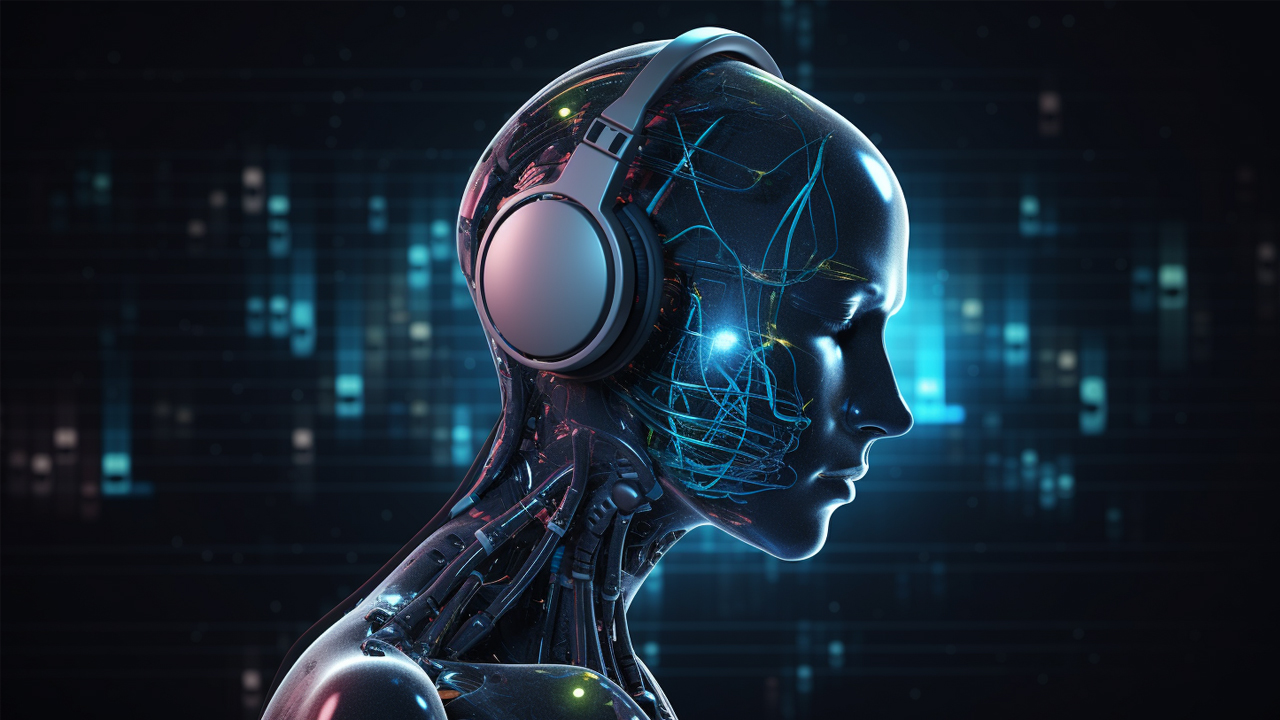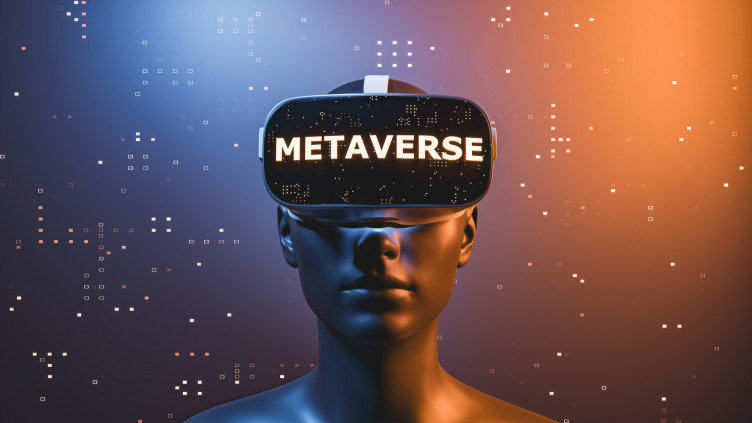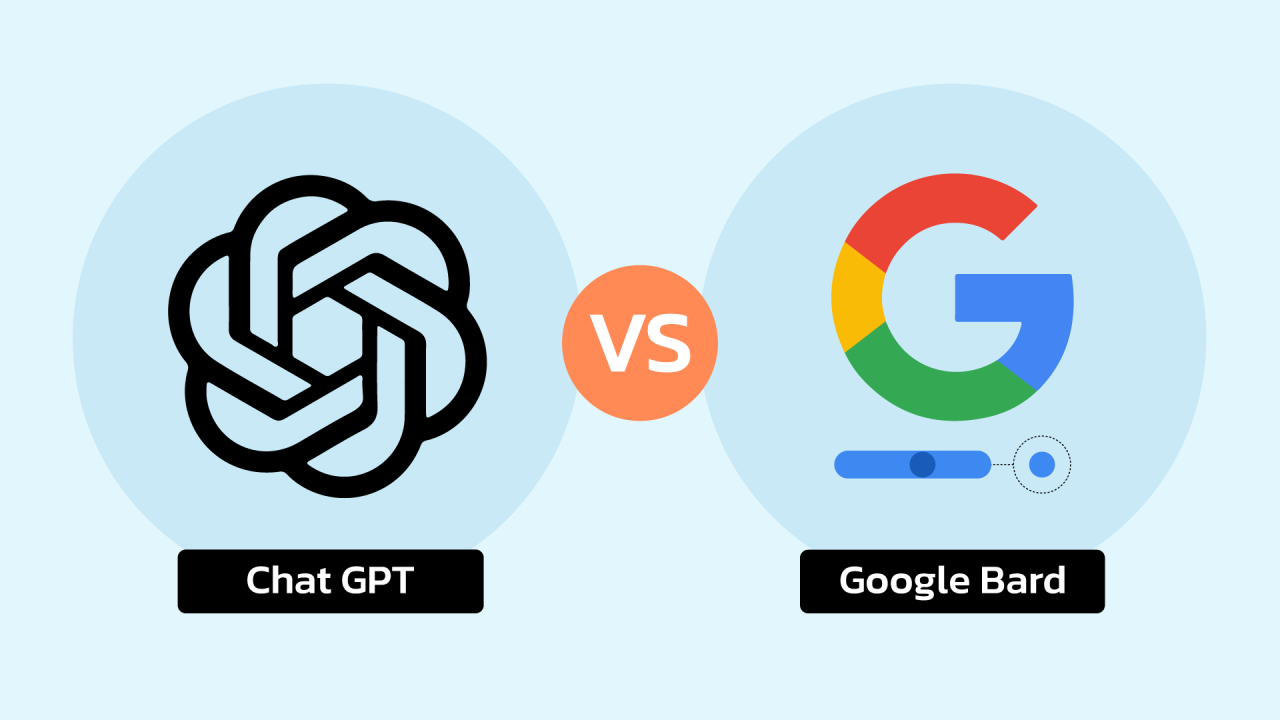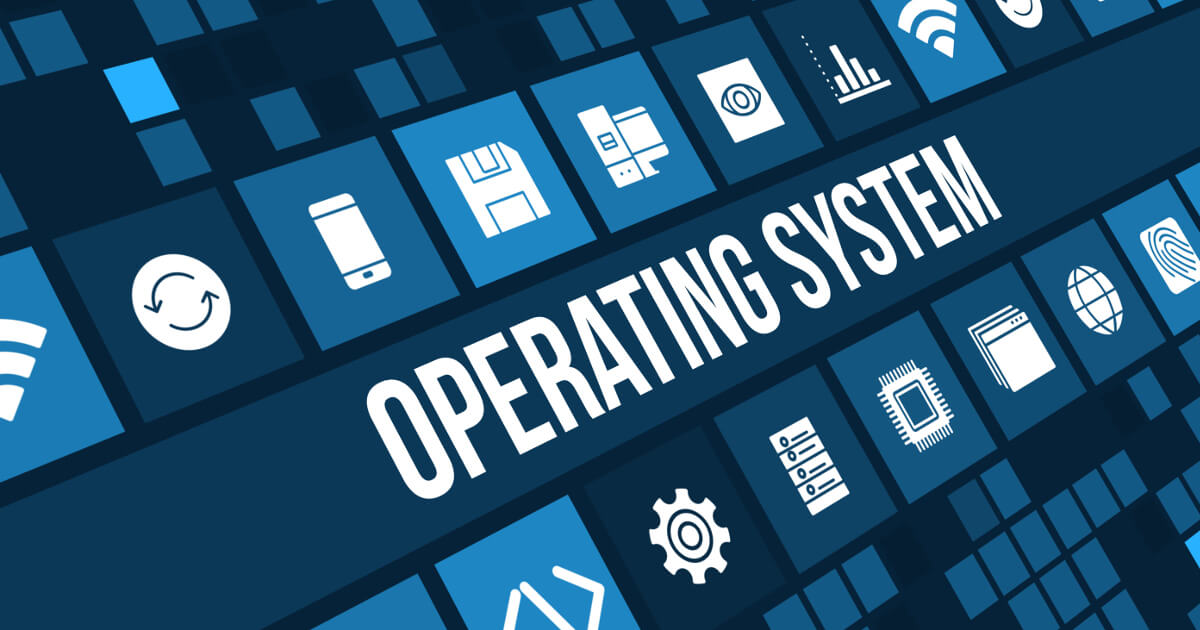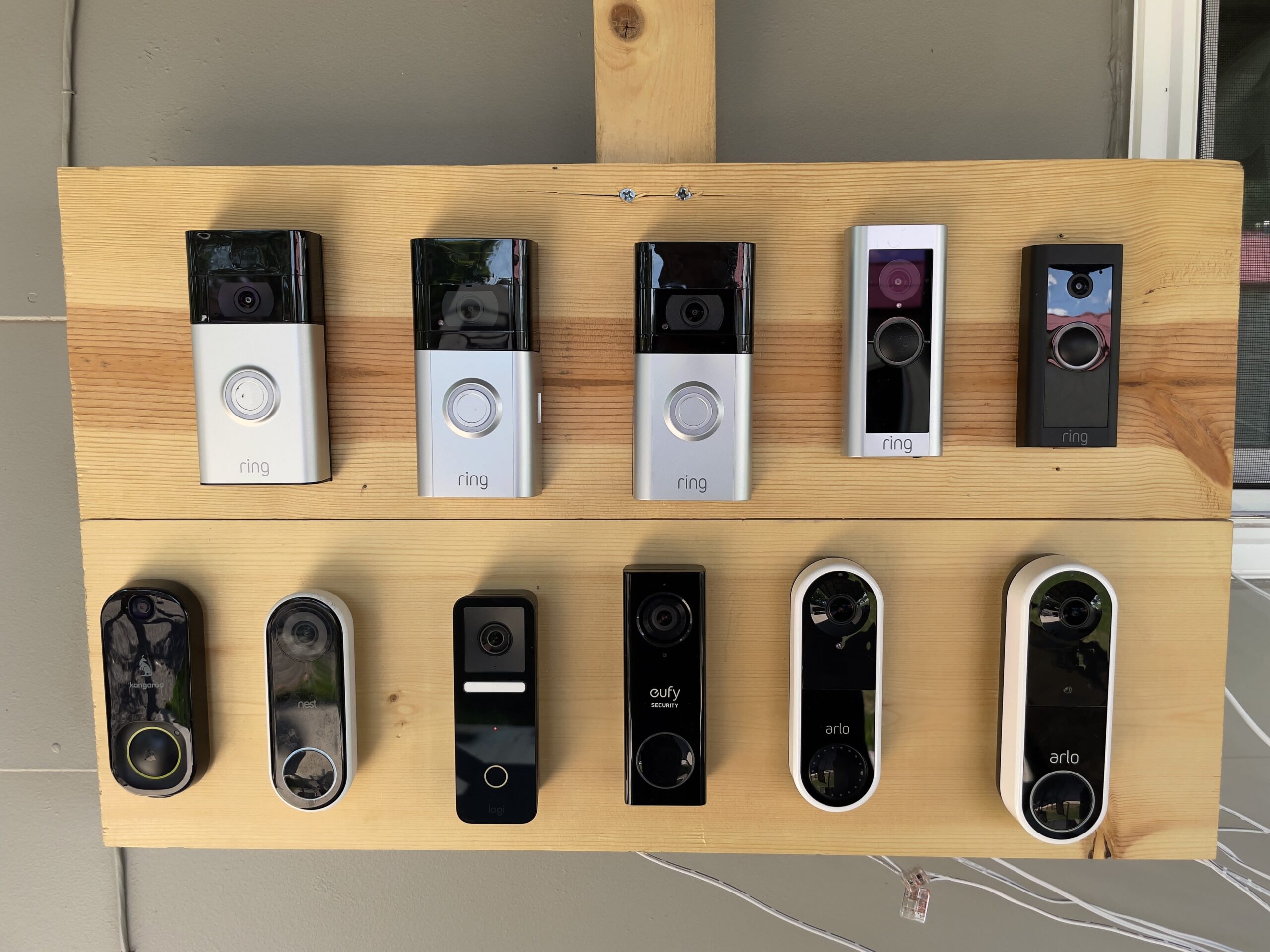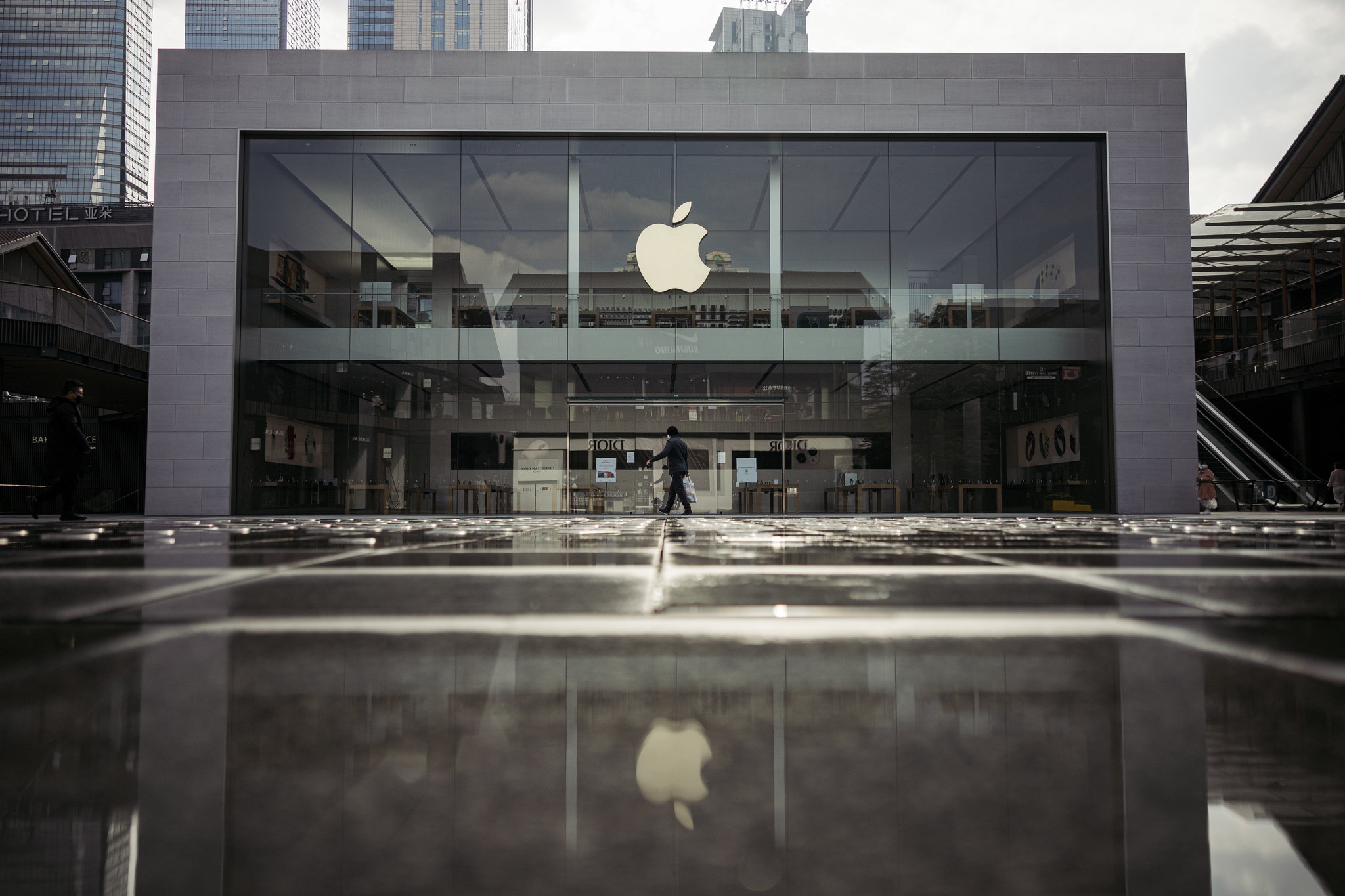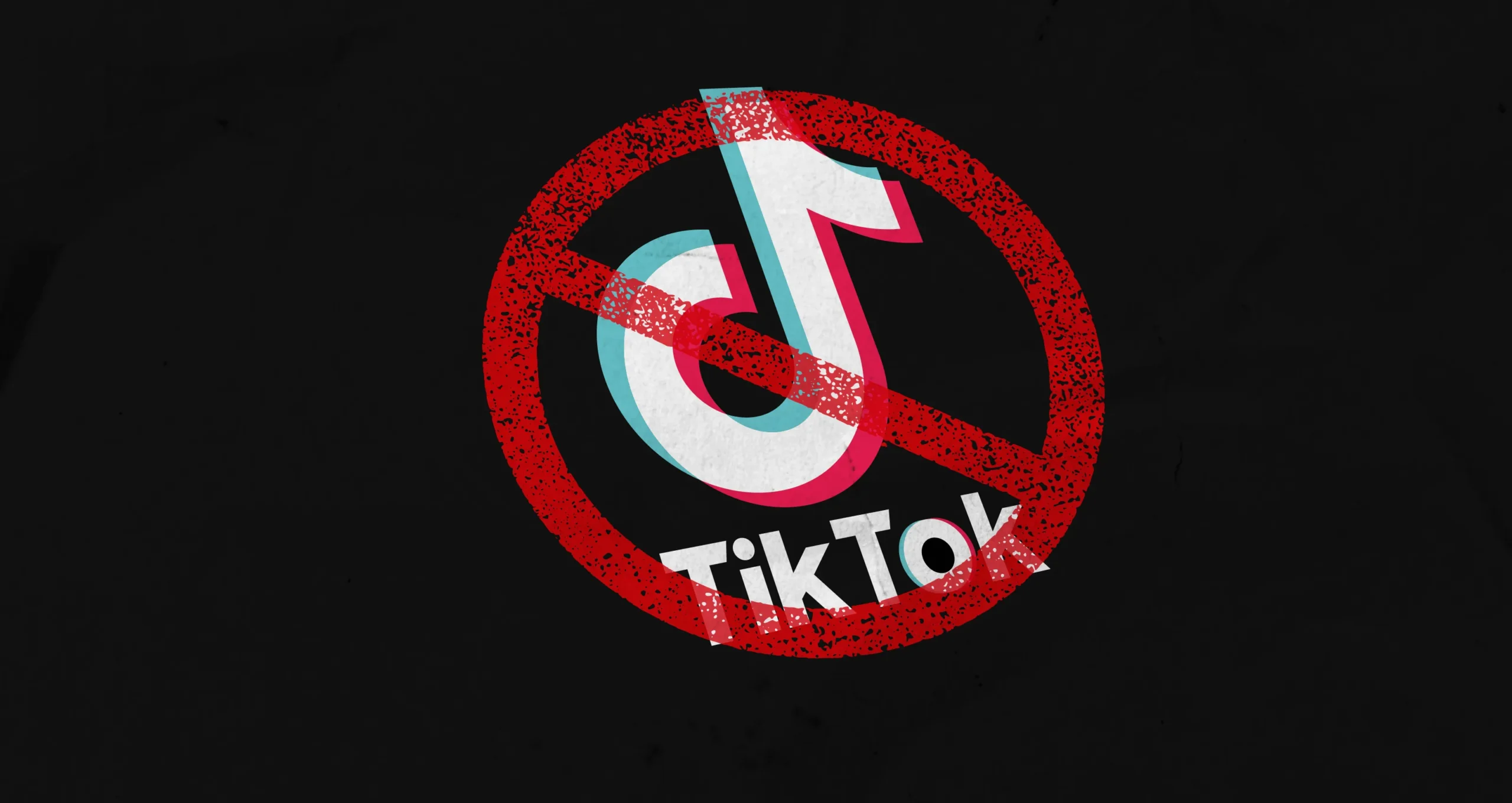Meta has recently introduced an open-source AI code named AudioCraft, designed for generating music and audio from text prompts. This AI tool comprises three distinct models, each specializing in different aspects of sound creation.
One of these, MusicGen, utilizes textual inputs to produce music and has been trained on a collection of “20,000 hours of music owned by Meta or licensed specifically for this purpose.”
Another model, AudioGen, generates audio based on written cues such as barking dogs or footsteps. It was trained on publicly available sound effects.
An improved version of Meta’s EnCodec decoder enables users to create sound with fewer distortions, which can occur when manipulating audio excessively.
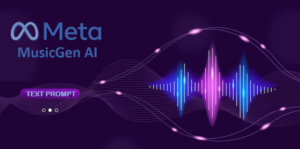
Read Also: Exploring AudioCraft, Meta’s New Music AI; How To Use
The company allowed the media to sample audio created with AudioCraft. The generated sounds of whistling, sirens, and humming were remarkably natural-sounding. While the guitar strings in the music had a genuine quality, they retained a detectable artificial element.
Meta joins the ranks of others in exploring the fusion of music and AI. Google introduced MusicLM, a large language model producing minutes of sound based on text inputs, but it’s only accessible to researchers.
An “AI-generated” song featuring voice likenesses of Drake and The Weeknd gained viral attention before being removed. More recently, musicians like Grimes have encouraged people to incorporate their voices into AI-generated songs.
Naturally, musicians have long experimented with electronic audio, as evidenced by EDM and events like Ultra. Yet, computer-generated music often carries traces of manipulation from existing audio.
AudioCraft and similar generative AI-driven music can craft such sounds solely from textual cues and an extensive sound library.
At present, AudioCraft seems suited for elevator music or stock compositions to set an ambiance, rather than producing the next major pop hit.
Nevertheless, Meta envisions its new model could introduce a musical paradigm shift, similar to how synthesizers transformed the industry when they gained popularity.
“We believe MusicGen could evolve into a new form of instrument—much like synthesizers did in their early days,” the company mentioned in a blog post.
Meta acknowledged the challenges in developing AI models capable of creating music, given that audio involves millions of action points, unlike written text models such as Llama 2, which deal with thousands.
The company acknowledges that open sourcing AudioCraft is necessary to diversify the training data. “We understand that the datasets we used for training lack diversity,” Meta admitted.
With its cutting-edge AI models and expansive sound data repository, Meta’s new AI tool, AudioCraft, holds the potential to revolutionize music creation and consumption.
Through leveraging text prompts and melodies, AudioCraft can generate distinct and captivating musical compositions.
While addressing the need to diversify training data remains a challenge, the outlook for AI-generated music appears promising.
Read Also: Amazon Prime Video Cancels Two Shows Scheduled For Second Seasons
What Is AudioCraft?
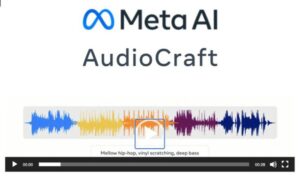
AudioCraft is an open-source AI tool developed by Meta, a tech giant. It is designed for generating music and audio using artificial intelligence. This tool utilizes text prompts as input to produce various types of sounds, including music and audio effects.
AudioCraft consists of three AI models, each specialized in different aspects of sound generation. It can create musical compositions, simulate sounds like barking dogs or footsteps, and generate a wide range of audio based on textual cues.
The goal of AudioCraft is to enable the creation of unique and diverse audio content using AI technology.
Exploring The New AI Music Creator
AudioCraft, Meta’s latest AI innovation, offers an open-source platform enabling users to effortlessly generate music and sounds through the power of generative AI. Comprising three distinct AI models, AudioCraft focuses on various aspects of sound creation.
MusicGen, for instance, employs text inputs to craft musical compositions and has been trained on a collection of “20,000 hours of music owned by Meta or licensed specifically for this purpose.”
To explore the capabilities of AudioCraft, it can be seamlessly installed by all Facebook users. Meta is extending a special invitation to researchers and music professionals to engage with this novel tool.
The technology behind AudioCraft is a fusion of three AI generative models: MusicGen, responsible for converting text inputs into music; AudioGen, which does the same for sound effects like footsteps and barking dogs; and an enhanced iteration of EnCodec, enhancing the perceived quality of the outputs produced by the first two models.
Can AI Create New Music?
Yes, AI can create new music through a process known as generative music composition. Generative music involves using artificial intelligence algorithms to generate musical compositions, melodies, harmonies, and even entire pieces of music. Here’s how it works:
Training Data
To create new music, AI models are trained on large datasets of existing musical compositions. These datasets could include various genres, styles, and time periods of music. The AI learns patterns, structures, and relationships present in the training data.
Algorithmic Composition
AI uses algorithms and neural networks to analyze the patterns it has learned from the training data. These algorithms help the AI generate new sequences of musical notes, chords, and rhythms. The AI can produce music in various styles, as it has absorbed the nuances of the training data.
Creative Variation
AI-generated music often involves a degree of randomness or controlled variation. This allows the AI to produce unique compositions each time, rather than simply regurgitating existing music. The AI can introduce subtle variations in melody, tempo, and harmony to create a fresh piece.
Feedback Loop
Some AI systems can incorporate feedback from human composers or listeners. This iterative process helps the AI refine its compositions over time, aligning them more closely with human preferences and creativity.
Collaboration
AI can be used as a tool for human composers and musicians to spark inspiration or explore new musical ideas. Composers can input parameters or themes, and the AI can generate suggestions based on these inputs.
Limitations and Creativity
While AI can certainly create music, the nature of creativity and emotion in music remains a complex human domain.
AI lacks true emotions and subjective experiences that often influence human compositions. Therefore, while AI can produce technically impressive music, it may not capture the full depth of human expression.
Legal and Ethical Considerations
AI-generated music raises questions about copyright and ownership. Who owns the rights to AI-generated music— the AI developer, the user, or the original training data source? These legal and ethical issues are still being explored.
Read Also: iPhone 15 Rumors: What to Expect from Apple’s Next Generation
How To Use AudioGen To Generation Music
To use Meta’s AI tool, AudioCraft, for generating music and sounds, follow these steps:
Access the Tool
Ensure you have access to the AudioCraft tool. If you’re a Facebook user, you can install AudioCraft as it’s provided by Meta.
Install the Tool
If you’re using Facebook, navigate to the appropriate section where you can install AudioCraft. Follow the installation instructions provided by Meta.
Understanding the Models
Familiarize yourself with the three AI models that AudioCraft comprises:
– MusicGen: This model generates music based on text inputs. It has been trained on a substantial collection of music, providing a foundation for creating diverse musical compositions.
– AudioGen: AudioGen creates various sounds, such as footsteps or barking dogs, from written prompts. It has been trained on publicly available sound effects.
– EnCodec Decoder: This enhanced version of the decoder helps improve the quality of the generated music and sounds, minimizing artifacts and distortions.
Input Text Prompts
Depending on your creative intent, provide relevant text prompts that describe the type of music or sounds you want to generate. For example, for MusicGen, you can input textual descriptions of the mood, style, instruments, or other musical elements you’re aiming for.
Generate Music or Sounds
Once you’ve entered the text prompts, allow the AI models to process the information. The AI will then generate music or sounds based on the provided cues.
Review and Iterate
Listen to the generated output and evaluate whether it meets your expectations. If adjustments are needed, you can modify the input text prompts to guide the AI towards your desired result. This can involve experimenting with different phrases or descriptions.
Explore Variation
Experiment with variations in the input text prompts to explore different styles and outcomes. AI-generated music and sounds can often produce unexpected and interesting results that you might not have initially considered.
Feedback and Refinement
If you’re a researcher or music professional, Meta encourages you to provide feedback on the generated output. This feedback loop helps Meta refine and improve the AI models over time.
Legal and Attribution
Keep in mind any legal or attribution requirements for the music and sounds you generate using AudioCraft. Depending on how you intend to use the generated content, you might need to adhere to copyright regulations and give appropriate credit if necessary.
